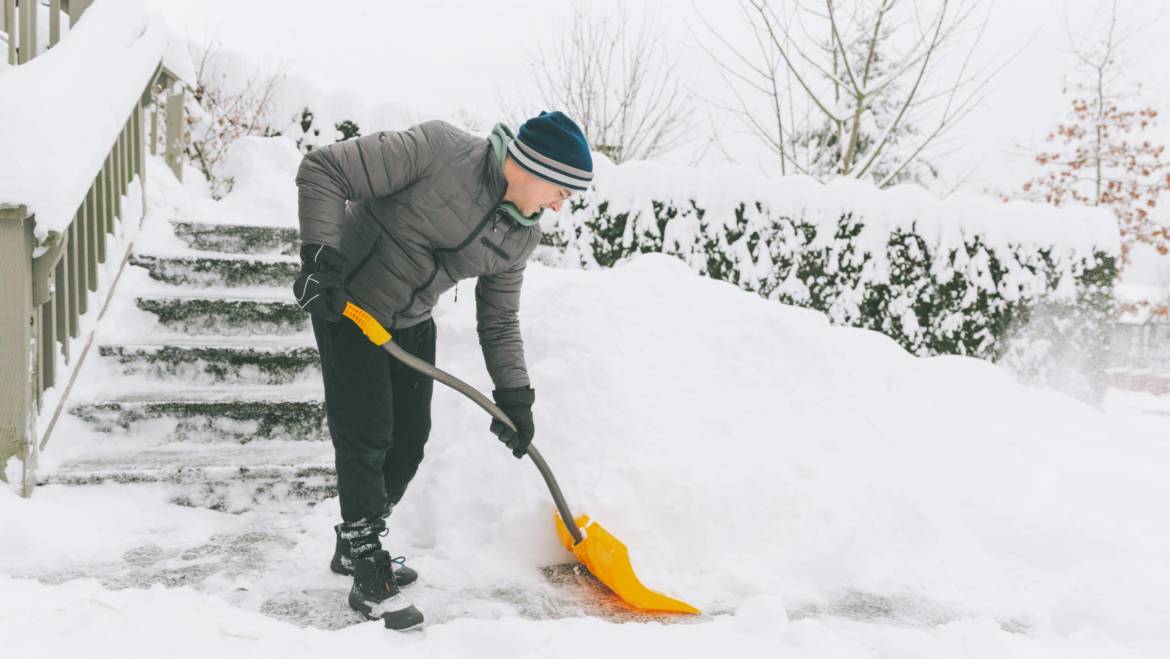Do you dream of shoveling and snow-blowing in a winter wonderland? No? You’re probably not alone. Typically, if you own and live in your home, it’s your responsibility to shovel the snow on your driveway and sidewalk. However, if you rent a home or multi-family dwelling, things can get a little foggy. Who’s responsible? You? Your landlord? The HOA? The property management company? If it wasn’t discussed or isn’t in the lease, what are you supposed to do?
If you have a lease that doesn’t specify whether your landlord will take care of snow removal, the responsibility may fall on you. If you live in a snowy state, this is definitely something to negotiate in your lease before signing, especially if you don’t love heaving the white stuff!
Another consideration: many local city ordinances require sidewalks, streets and curbs to be clean and passable. The landlord (or tenant, depending on what the lease says) is typically required to remove snow within a certain period of time or they could face a fine. If a person with disabilities is prevented access to a certain area from snow, or – in a worst case scenario – gets injured on the sidewalks because someone didn’t shovel, it poses more serious problems.
Local officials often receive snow removal complaints from apartment buildings, and if the landlord and/or management doesn’t clear sidewalks or parking lots, people with disabilities may be unable to get out of their apartment.
For these reasons, it’s very important to discuss who is responsible for snow removal before signing a lease! If you are responsible for getting rid of the snow that’s piled up outside, consider the safety tips below to avoid accidents:
- Push the snow instead of lifting it. This will put less stress on your body while you work.
- Stretch before you begin. Similar to a workout, it is important to do this to warm up your muscles before you shovel.
- Stay hydrated. When you are doing any physical labor it is important to keep your body hydrated. And take frequent breaks so you don’t exhaust yourself.
- Don’t touch any moving parts on the snow blower. This could save your hands and fingers from a very serious accident.
- Do NOT run a snow blower in an enclosed place. Just like a car, you can be at risk for carbon monoxide poisoning.
- Never leave a snow blower unattended when it is turned on. Even if you are leaving for a small amount of time, always shut it off.
Not all tenants are capable of manually removing snow. If you’re physically unable to shovel show, you should make sure the landlord provides signed documentation of their own responsibility for snow removal in the lease.
And, of course – don’t forget to bundle up before you go outside! To read the original post from Foremost Insurance, click here.

